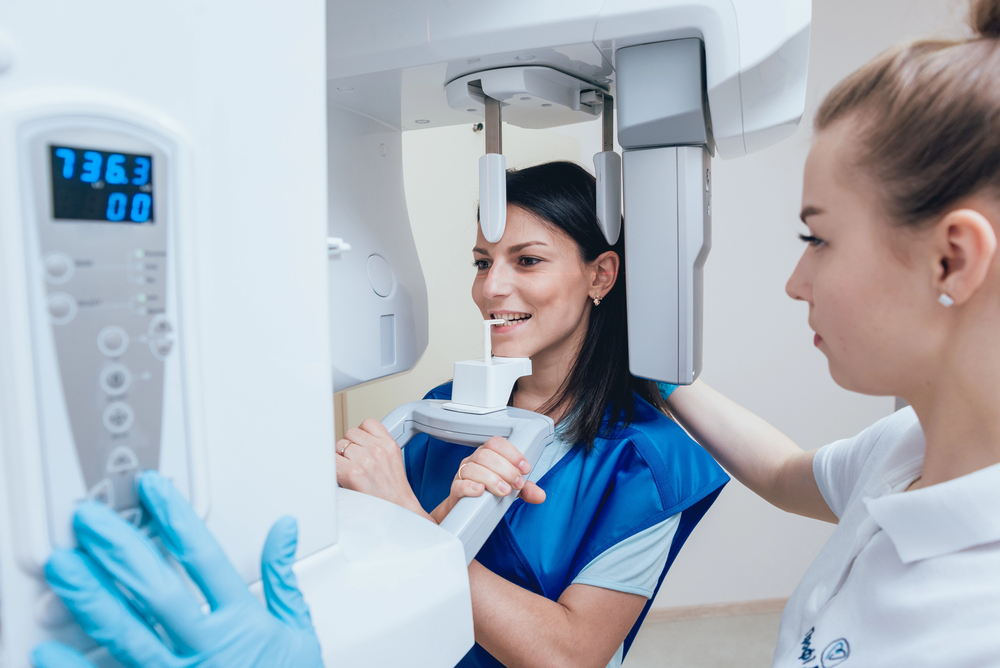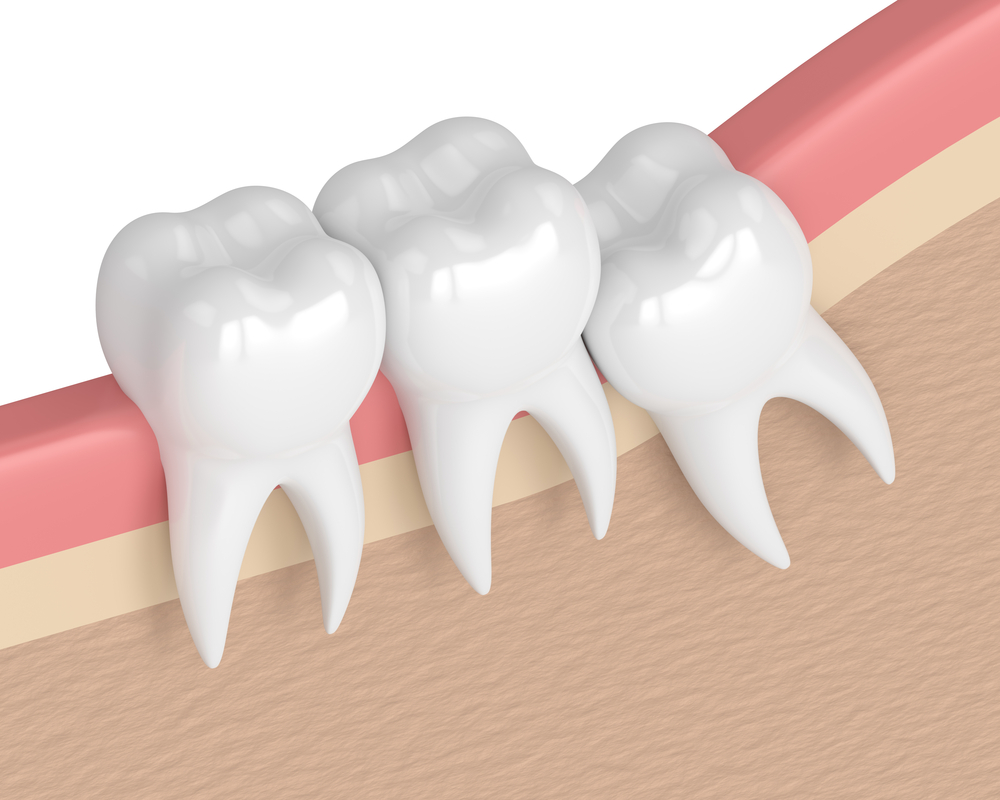Gum disease is one of the most common oral health issues worldwide, affecting millions of people and contributing to tooth loss and systemic health complications. Traditionally, gum treatment involved deep cleaning, antibiotics, and, in severe cases, surgery. However, with advancements in technology, the landscape of periodontal care is rapidly evolving. New treatments are emerging that not only improve patient outcomes but also hold the potential for reversing gum disease more effectively than ever before.
Early Detection Through AI and Digital Imaging
One of the most promising advancements in gum treatment is the use of artificial intelligence (AI) and digital imaging for early detection. AI-driven software can analyze dental X-rays and intraoral scans with high precision, identifying early signs of gum disease before they become severe. This allows for earlier intervention and less invasive treatments, reducing the risk of tooth loss and other complications. AI-powered diagnostics can also personalize treatment plans by analyzing individual risk factors, ensuring a more targeted approach to reversing gum disease.
Laser Therapy for Minimally Invasive Treatment
Laser technology is transforming the way gum disease is treated. Traditional methods, such as scaling and root planing, often involve discomfort and a lengthy healing process. However, laser-assisted gum treatment offers a less invasive alternative. Lasers can precisely remove infected tissue and bacteria while promoting faster healing. This technology not only enhances the effectiveness of treatment but also minimizes pain and recovery time, making it a preferred choice for many patients.
Nanotechnology and Antibacterial Innovations
The integration of nanotechnology in dental care is another breakthrough in periodontal treatment. Researchers are developing nanoparticles that deliver antibacterial agents directly to infected gum tissues, reducing inflammation and preventing further bacterial growth. This targeted approach enhances the effectiveness of gum treatment while minimizing side effects. Additionally, antimicrobial peptides and bioengineered gels are being explored to aid in reversing gum disease by promoting tissue regeneration and reducing bacterial colonization.
3D Printing for Personalized Gum Tissue Regeneration
3D printing is revolutionizing various aspects of dentistry, including gum disease treatment. Scientists are now exploring the use of 3D-printed scaffolds embedded with growth factors to regenerate lost gum tissue. These personalized structures encourage the natural healing of gums and bone, offering a promising solution for severe cases of periodontal disease. As this technology advances, it may become a standard treatment for reversing gum disease and restoring oral health.
Saliva Testing for Real-Time Monitoring
Saliva testing is an emerging diagnostic tool that allows for real-time monitoring of oral health. Instead of waiting for visible symptoms or traditional tests, saliva biomarkers can indicate the presence of gum disease at an early stage. This innovation enables proactive gum treatment by identifying issues before they escalate. Wearable sensors and smart toothbrushes that analyze saliva composition are also being developed, allowing individuals to track their gum health from home and seek professional care when necessary.
The Role of Stem Cells in Regenerating Gum Tissue
Stem cell therapy is a groundbreaking area of research that holds promise for reversing gum disease. Scientists are investigating how stem cells can regenerate damaged gum tissues and even bone loss caused by advanced periodontal disease. By harnessing the body’s natural healing abilities, stem cell therapy could provide long-term solutions for patients with severe gum disease, eliminating the need for invasive surgical procedures.
Teledentistry and AI-Driven Oral Health Monitoring
With the rise of digital healthcare, teledentistry is becoming an integral part of periodontal care. Patients can now consult with specialists remotely, receive personalized advice, and monitor their gum health through AI-driven apps. These platforms use machine learning to analyze images of the gums, detect early signs of disease, and recommend appropriate gum treatment options. This accessibility improves patient engagement and ensures that gum disease is managed effectively before it progresses.
Ozone Therapy and Oxygen-Based Treatments
Ozone therapy is gaining popularity as a non-invasive approach to treating gum disease. Ozone gas has antibacterial and healing properties, making it effective in reducing gum infections and promoting tissue repair. This therapy can be used as a standalone treatment or in combination with traditional gum treatment methods to enhance their effectiveness. As research continues, oxygen-based treatments may become a mainstream option for reversing gum disease and maintaining long-term gum health.
The future of gum disease treatment is being shaped by cutting-edge technology that enhances early detection, improves treatment outcomes, and offers minimally invasive solutions. Innovations such as AI diagnostics, laser therapy, nanotechnology, 3D printing, saliva testing, stem cell research, and teledentistry are revolutionizing periodontal care. As these technologies continue to evolve, they hold the potential to make reversing gum disease more achievable and accessible for patients worldwide. By embracing these advancements, the field of dentistry is moving toward a future where gum disease is not just treated but effectively prevented and reversed.










